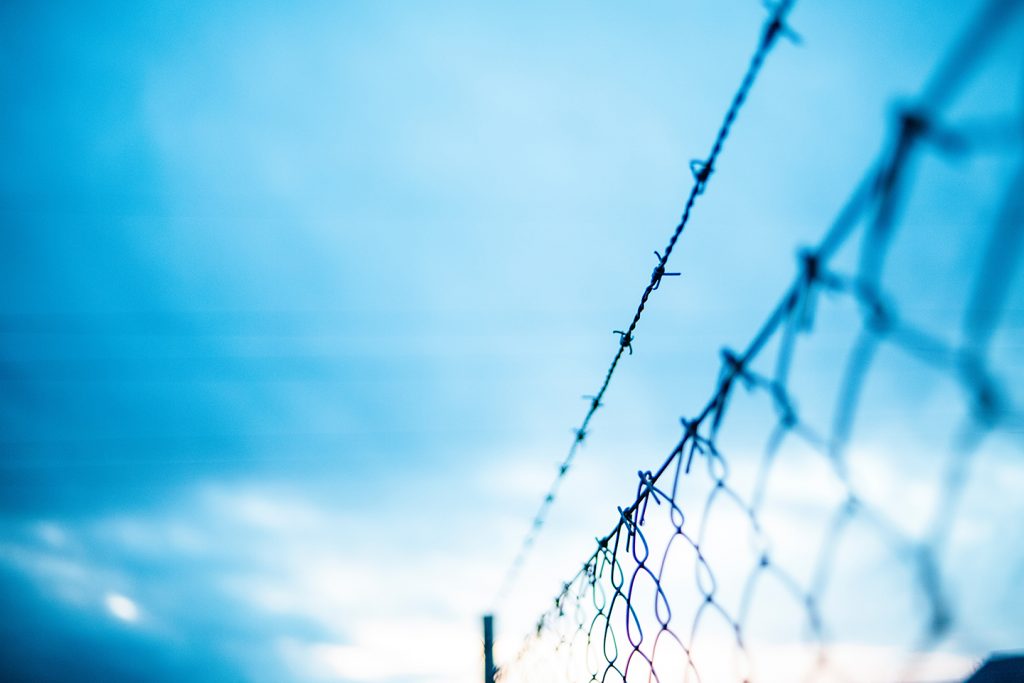
Borders Beyond Borders
Image: https://unsplash.com/@markusspiske
By Ben Hyland
Changes in Migration
Legal Borders and the ‘Hostile Environment’
Discrimination
Although, there are also social borders that migrants face and these are much more common. Examples of social borders could be racism, sexism, stereotyping and other forms of discrimination, such as discrimination based on religion. These borders operate in general wider society, despite legislation that has been put in place as an attempt to prevent this from happening. For example, the Equality Act 2010 states that it is illegal to discriminate based on sex, religion or belief, race, age etc (2). In employment, it can be hard to identify. For example, an employer may refuse to give a black person a job based on the colour of their skin based on their personal racist beliefs. In general, everyday interactions with people migrants can be subject to racial abuse at any time. There are figures that can be used to demonstrate levels of racial abuse, such as the report on hate crime in England and Wales 2018/19, showing an increase in hate crimes since 2011. However, these figures can be misleading as racial abuse often goes unreported for several reasons, for example victims may think authorities will not take reports seriously or have ‘more important issues to focus on’, or migrants may face discrimination from the authorities themselves, therefore meaning hate crimes may be even more widespread.
How We Can Remove Additional Borders
Borders beyond geographical borders are difficult to remove. Many of these result from individual beliefs. On an individual level though, we can attempt to make a difference. We can call out discrimination when we see it and support those who are discriminated against, or we can come together as a collective to form a social movement. Large groups of people with limited power are much more likely to be successful in battles with the state or government agencies than lone individuals with relatively little power. Also, different age groups may have differing views on migration and related issues. Young people are described as forging “new inter-ethnic alliances” (Fekete), indicating they are more likely to challenge these issues. Actions such as protests and boycotts amplify the voices of wider society, bringing attention to the issue they are acting against, often resulting in a national or global response. In response to the death of George Floyd in May we saw national protests in the US and a global response, with protests across the world. For example, in European countries, such as in Belgium and the UK.
Challenging and removing these borders starts with us.

0 Comments